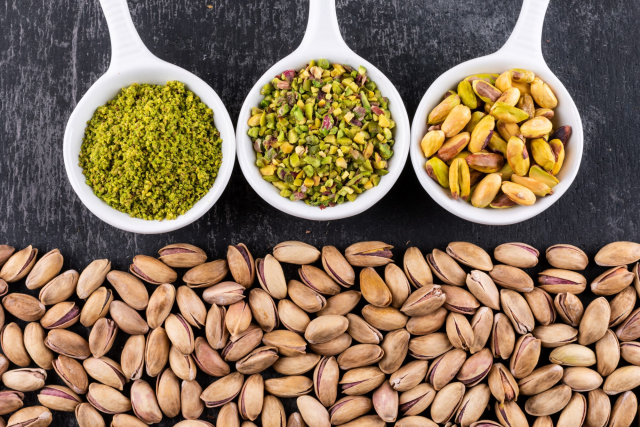
The global Pistachio industry is now facing a lot of challenges such as how to maintain high crop yield in the face of climate change. Due to the rise in global temperature and unpredictable weather patterns are more frequent, farmers are finding innovative solutions to protect their crops and ensure proper supply of Pistachio. This is where the rise of sustainable Pistachio farming takes place.
Growing Influence of Climatic Change on Pistachio Farming Practices
Pistachios are highly sensitive to the environment like other crops. The yield and quality of Pistachio harvest are impacted by shortage of water, extreme heat, and changing weather conditions. In the past few years, the global industry has responded to these climate challenges with the help of sustainable agriculture in Pistachio production.
Farmers are now following new and innovative Pistachio farming techniques that focus on conserving water, reducing carbon footprint, and improving soil health. Innovations such as precision irrigation systems will help in ensuring that the water is delivered to the plant root and becoming more common. These methods not only help in improving water efficiency but also help in reducing the energy used in irrigation.
Innovative Techniques and Technologies
The most common technology in the field of sustainable Pistachio farming is the use of drought-tolerant Pistachio varieties. Farmers can ensure consistent yield in less rainfall by selecting and breeding plants that are more resilient to dry conditions. These varieties are being cultivated with other soil and water conservation strategies such as mulching and the use of cover crops. These factors will further protect the soil and conserve moisture.
Moreover, farmer are now shifting to integrated pest management techniques that help in reducing their reliance on chemical pesticides. IPM is about using natural predators and eco-friendly alternatives to control pests. It not only helps in maintaining the ecosystem but also helps in producing healthy and sustainable crops.
How Sustainability is shaping the Pistachio Industry
Growing focus on sustainable farming and shifting towards changes in the Pistachio industry. Consumers are not becoming more eco-conscious and they are demanding sustainably grown products. This shift encourages producers to adopt practices that reduce environmental impact and minimize productivity. The Pistachio industry is now becoming increasingly focused on sustainability efforts and influencing both consumer behavior and industry dynamics.
The global industry supply chain is also affected by sustainability. Consumers are now using ethically sourced products and they are willing to pay a high amount for Pistachio. This trend not only helps to improve the reputation of Pistachio farmers but also helps in creating new opportunities for those who are investing in sustainable farming practices.
Future of Pistachio Farming
Pistachio farmers are staying adaptable, as the effect of climate change continues to evolve. They are also using sustainable practices to protect their crops and maintain profitability. Sustainable pistachio farming is at the forefront of the industry from water-efficient irrigation systems to eco-friendly pest management. Farmers are now embracing innovative techniques that will be positioned in the industry.






